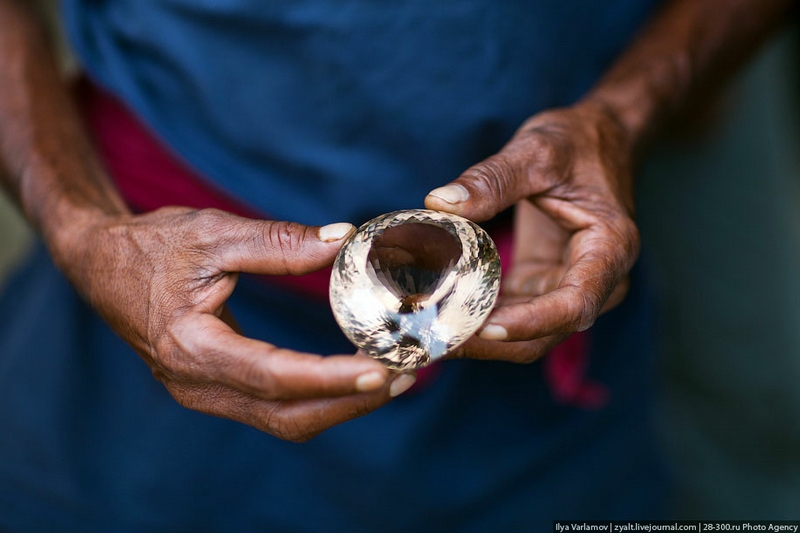
Besides the famous tea plantations Sri Lanka boasts its precious stones
as well. It's one of the world's leaders in their extraction. The very
process of extraction has remained the same since ancient times. It's
still manual work. Mines are dug with the help of picks and shovels and
are usually not far away from the bank of a river. The rock itself is
lifted in baskets and buckets with the help of ropes and then washed in a
stream of water or the nearest river.
Then special people start their work trying to find precious stones
among other stones. Sometimes they find one, two or even a handful of
them, but often remain empty-handed. Then the whole process repeats all
over again.
Almost all precious stones, especially the large ones, are sold at
auction. The famous 400 carat sapphire "Blue Belle" adorning the British
crown and the 536 carat sapphire "Star of India" exhibited in the
museum of New York are both from Sri Lanka or, if to be more precise,
from Ratnapoura considered the major center of extraction of precious
stones.
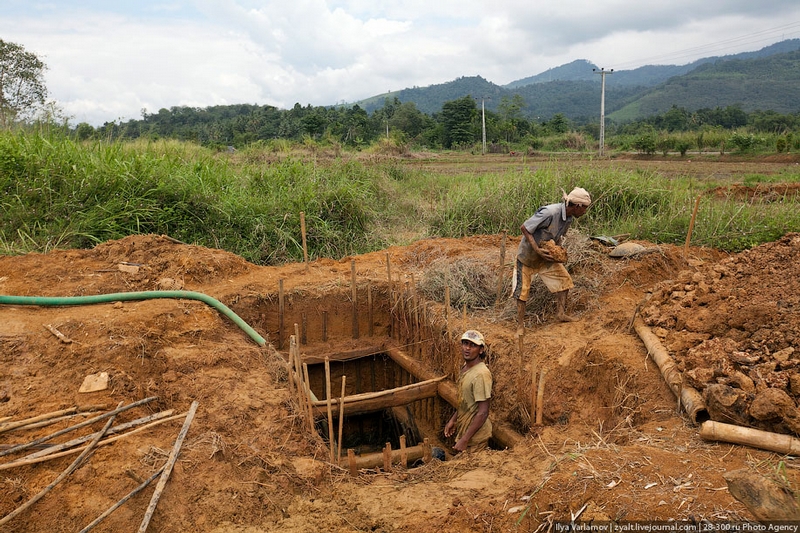
Extraction is carried out manually. Automation equipment is represented
only by pumps constantly removing water from the mine. If the pump is
turned off, the mine will be full of water in an hour or so. If the mine
is deep enough, a power pump supplies it with air.

In former days excavators and other heavy vehicles were used to extract precious stones but they left lakes after themselves.
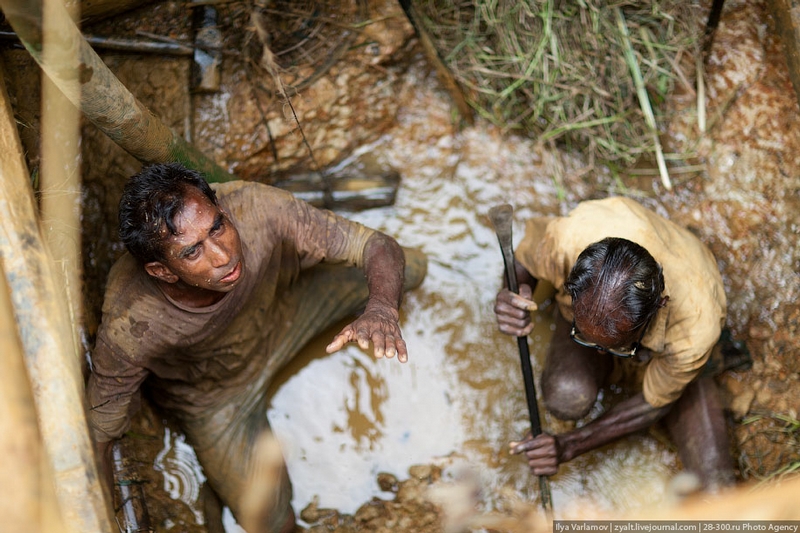
About 90% of the Sri Lanka's land contains half of the 200 varieties of
precious and semi-precious stones existing in the world.
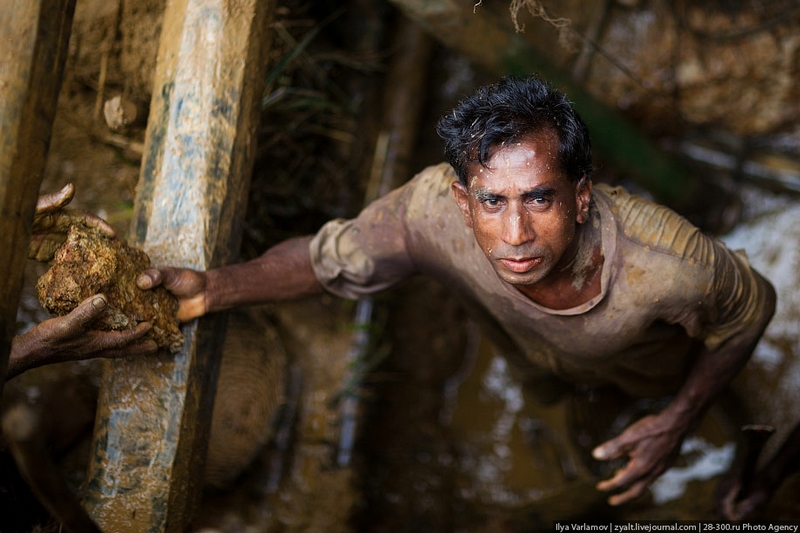
To extract them one must have a license which costs $5000 a year.
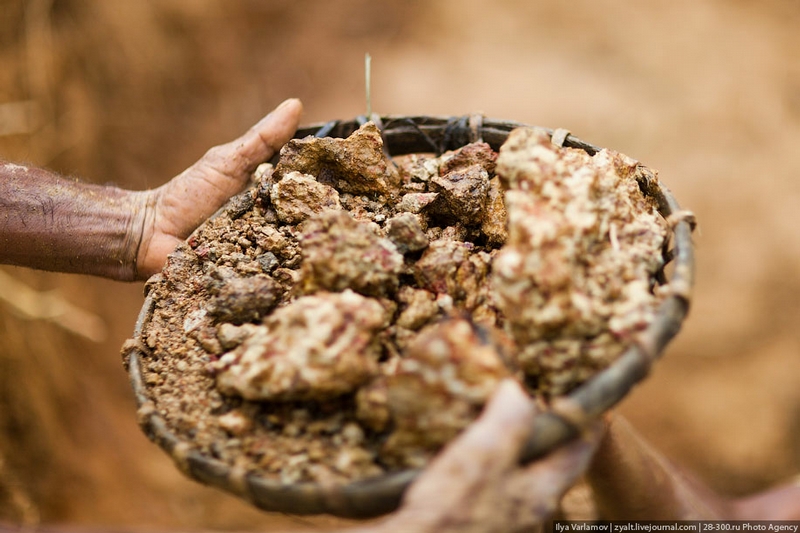
Such wicker baskets are used when soil is lifted up.


The greater mine workings consisted of several mines each of which is from 7 to 30 m deep.
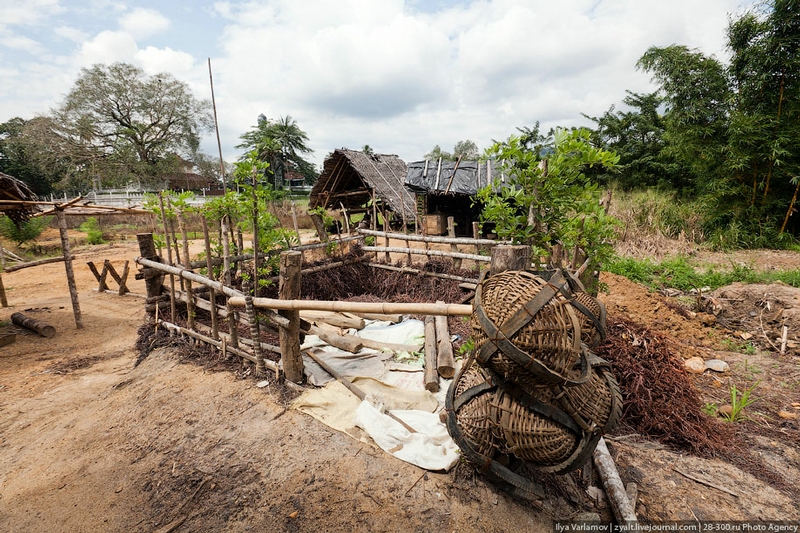
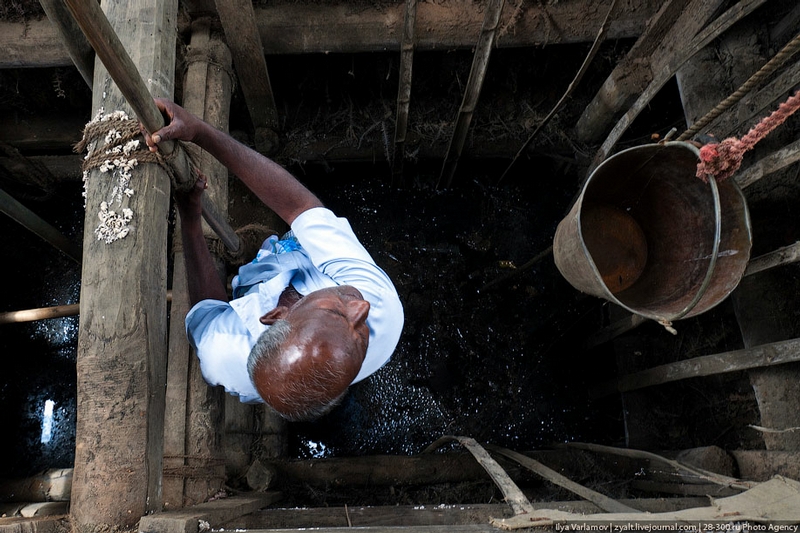
Unfortunately, they stopped working several months ago and now are abandoned.
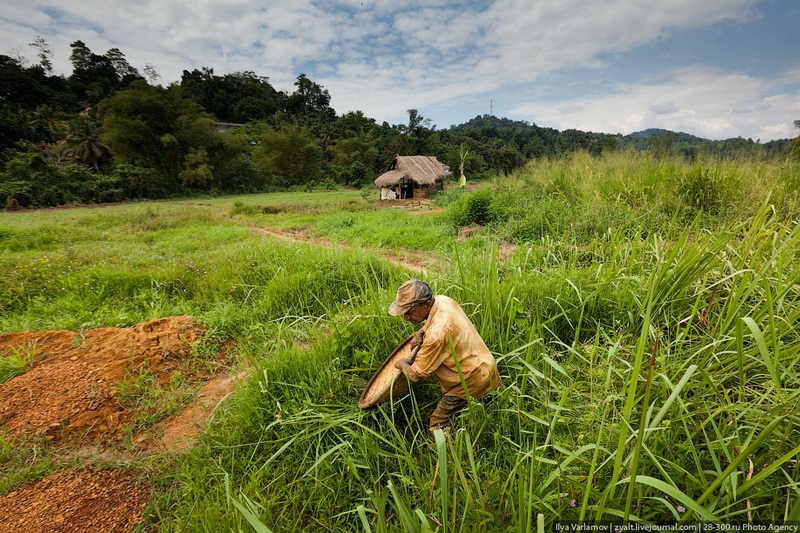
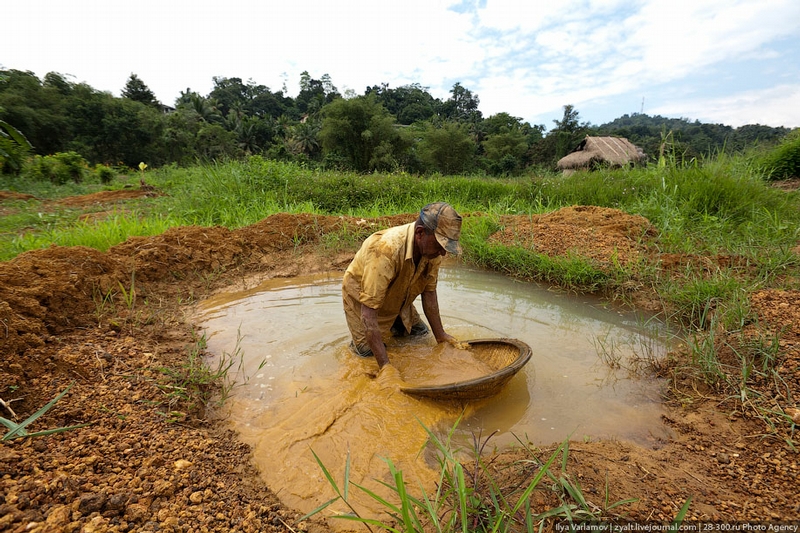
All lifted clay is washed.
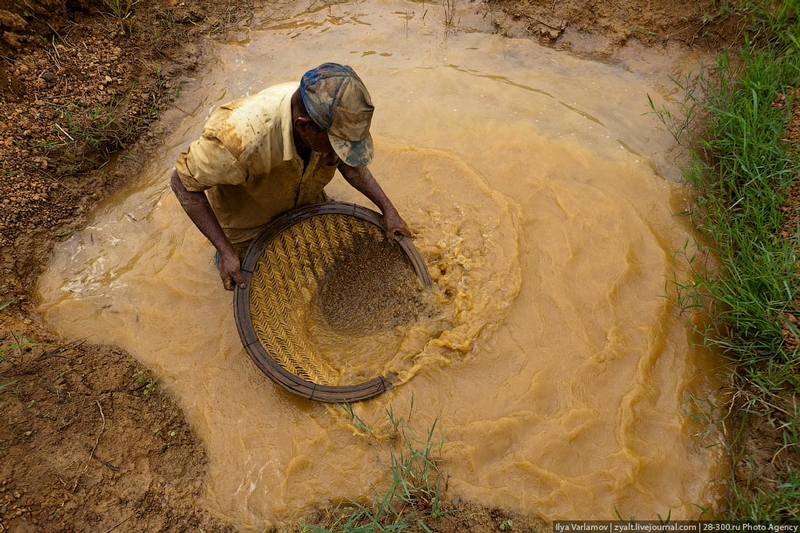
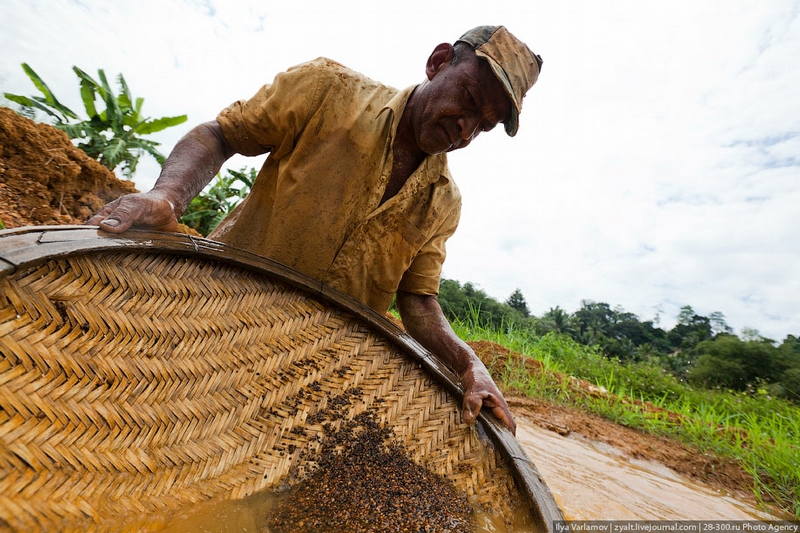
Ten minutes later only small stones are left in the basket.

Precious sapphires, rubies, alexandrites etc. can be found among them.

But sometimes one might dig for 2-3 months and not find a single stone.

Here are some semi-precious stones. After the end of the shift they are
sold to the market. It's not clear if the stone is valuable until it's
processed. That's why nobody gives much for an unprocessed stone. But if
it turns out to be pure, without any admixtures, it may be very
expensive. Pity, its extractor will never know about it.
That's why the whole families often join to work together: some of them
extract precious stones while others process them. It prevents them
from losing great money.
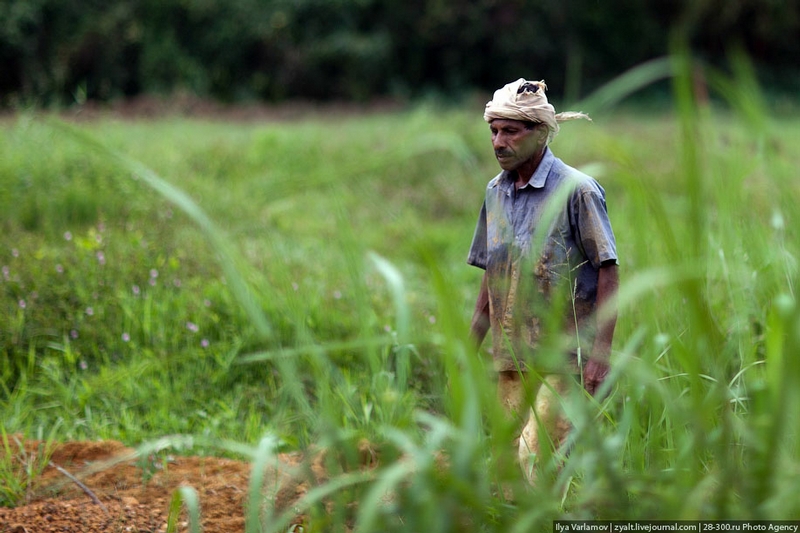

A real cowboy.


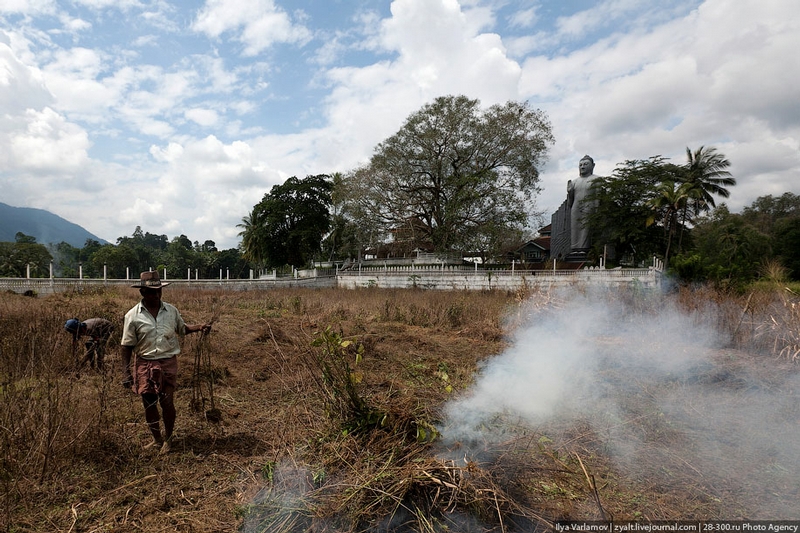
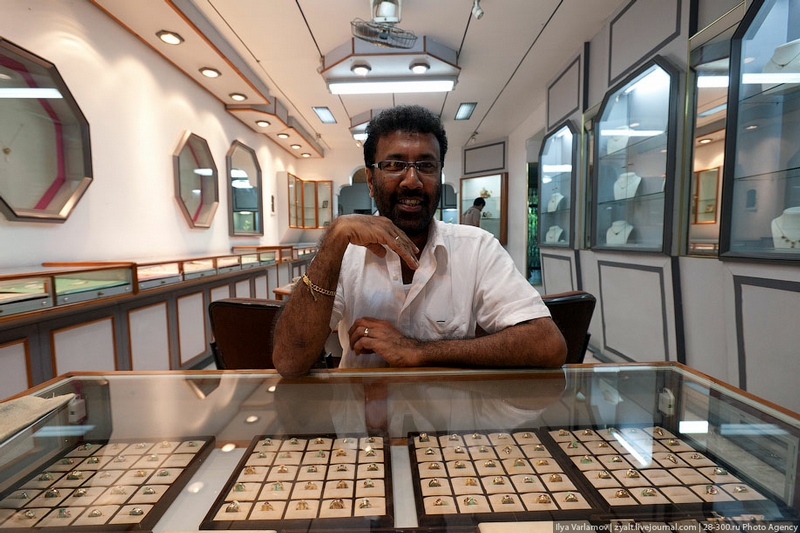
Processed stones go to the shops.
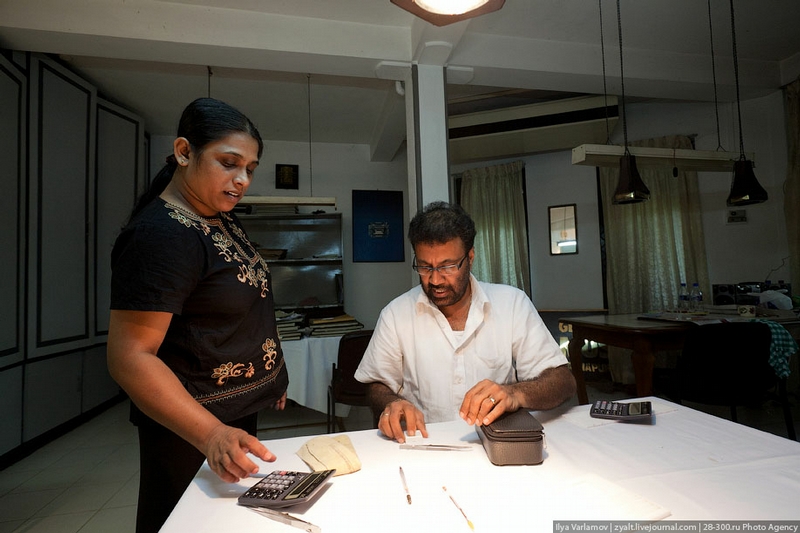
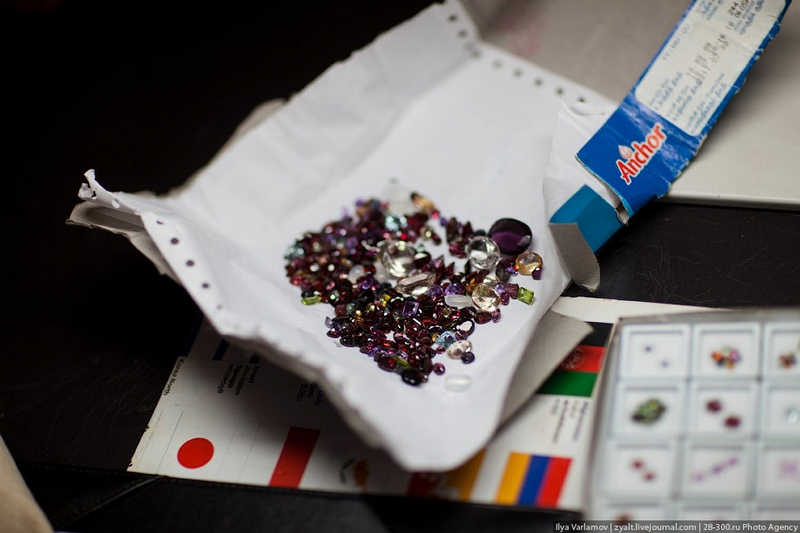
They are kept in envelopes. Only professional can understand where the
real precious stone is. Sapphires are heated to get a certain coloring. A
real pure sapphire is extremely expensive. The price of one carat may
reach $10.000.
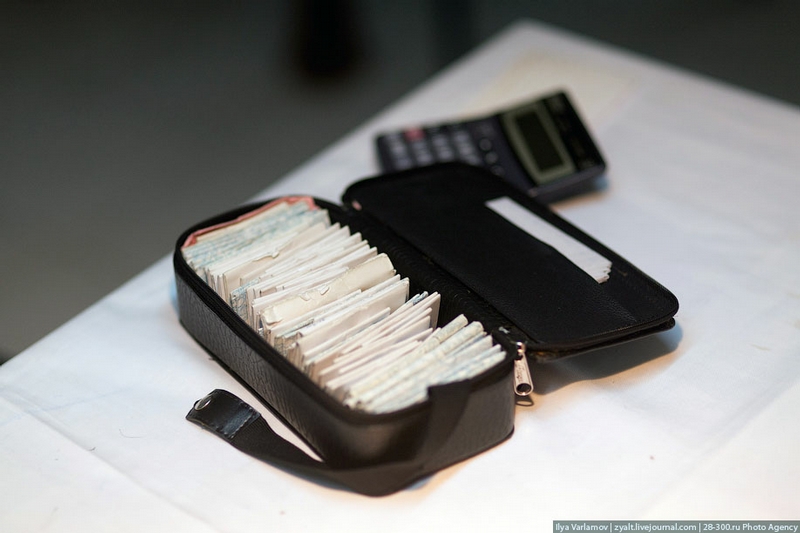
A small bag for precious stones.

Garnets.
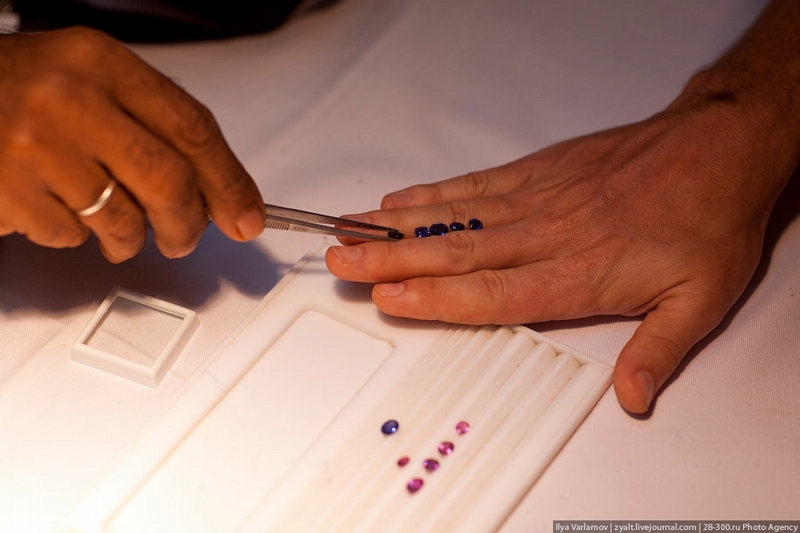
Sapphires. Their average price is $300 per carat.

via zyalt

0 comments:
Post a Comment